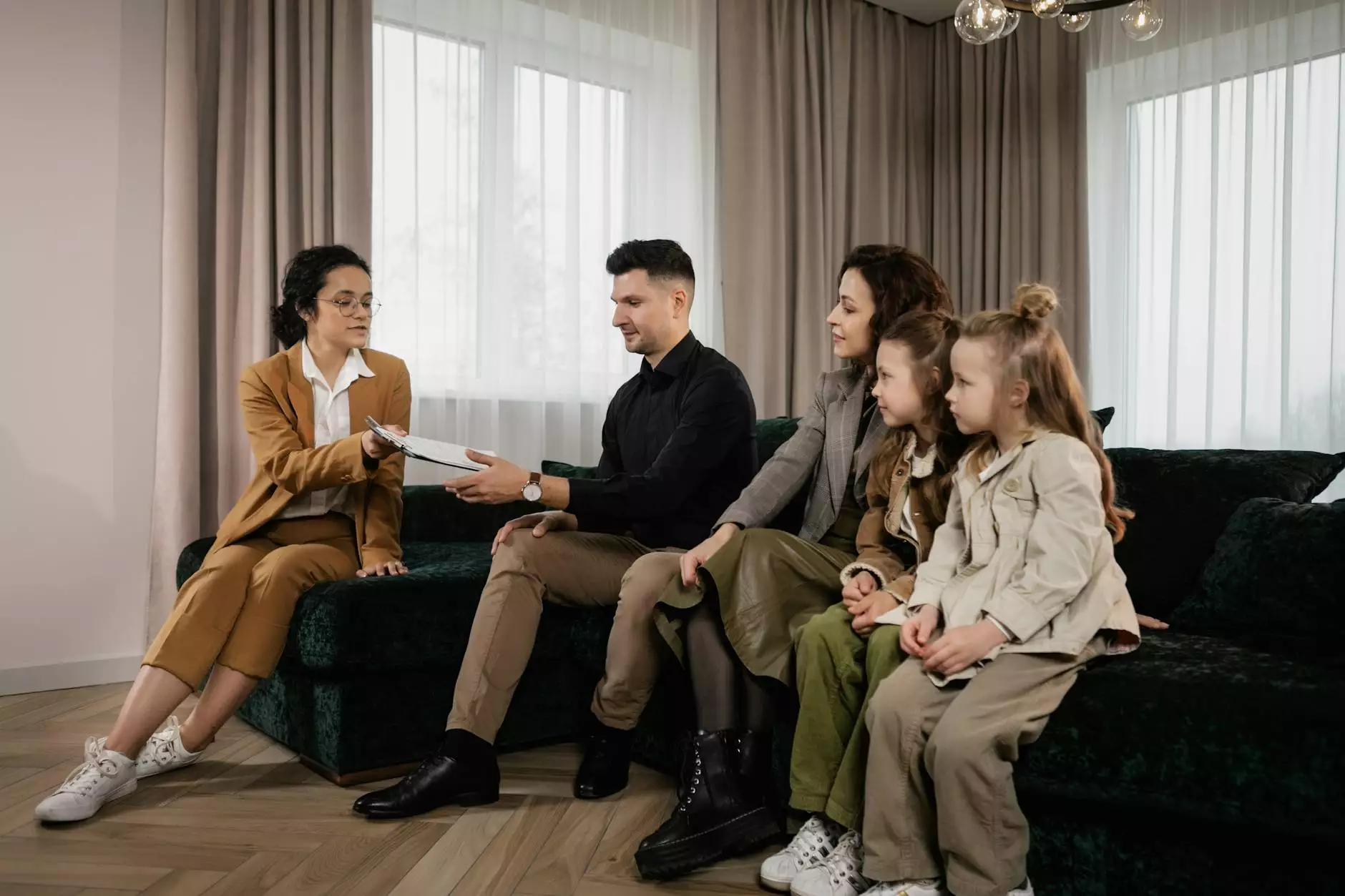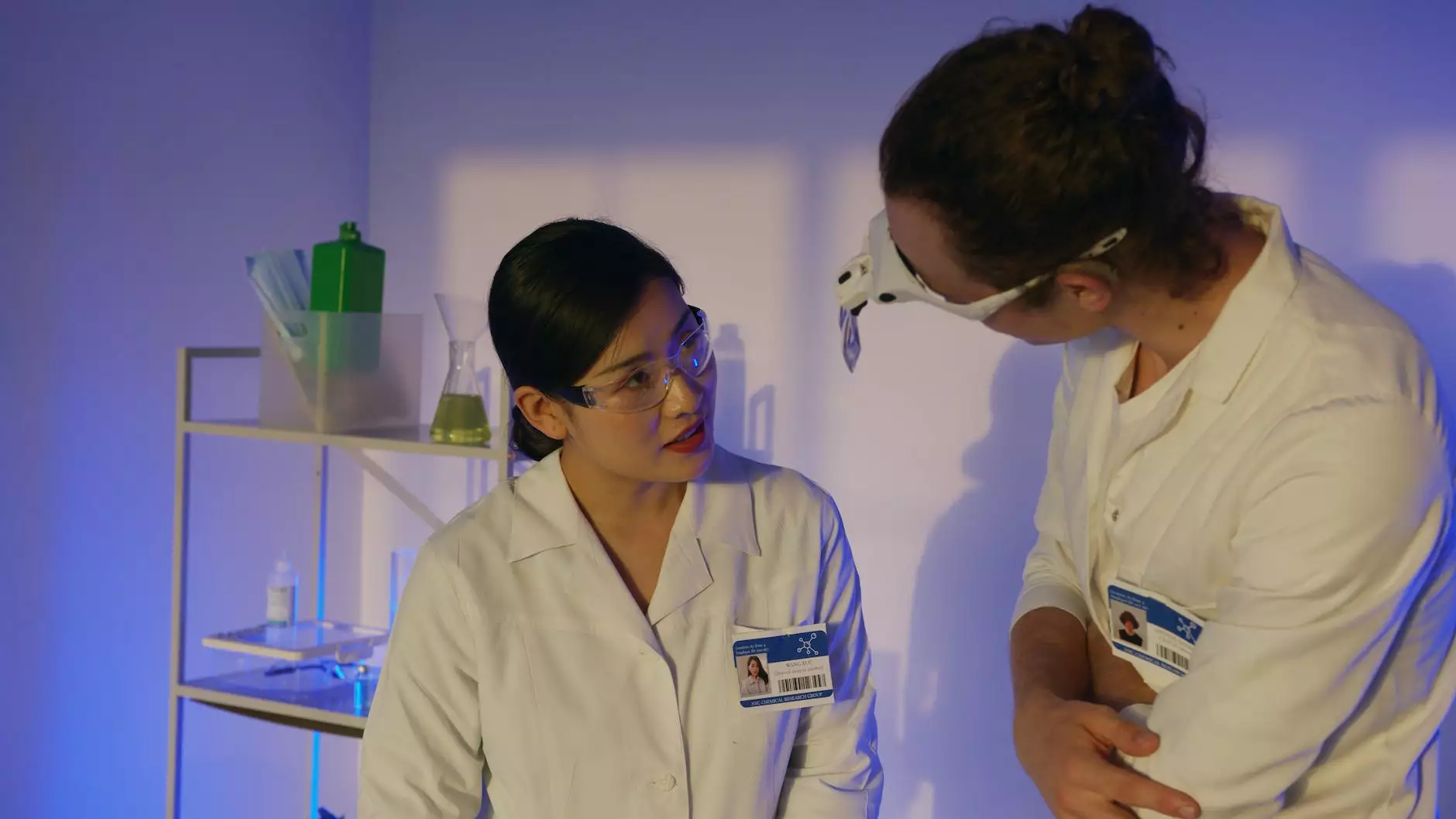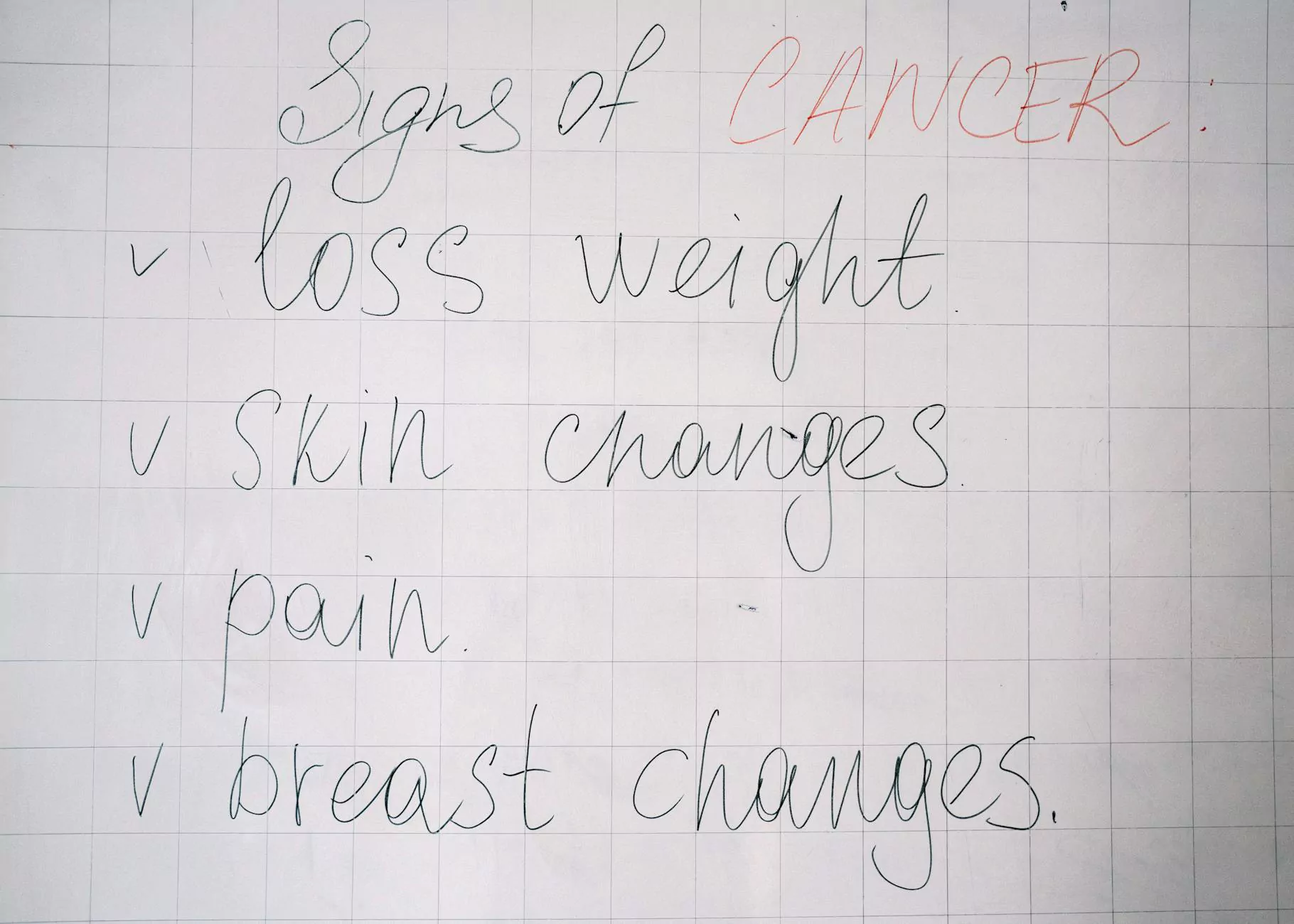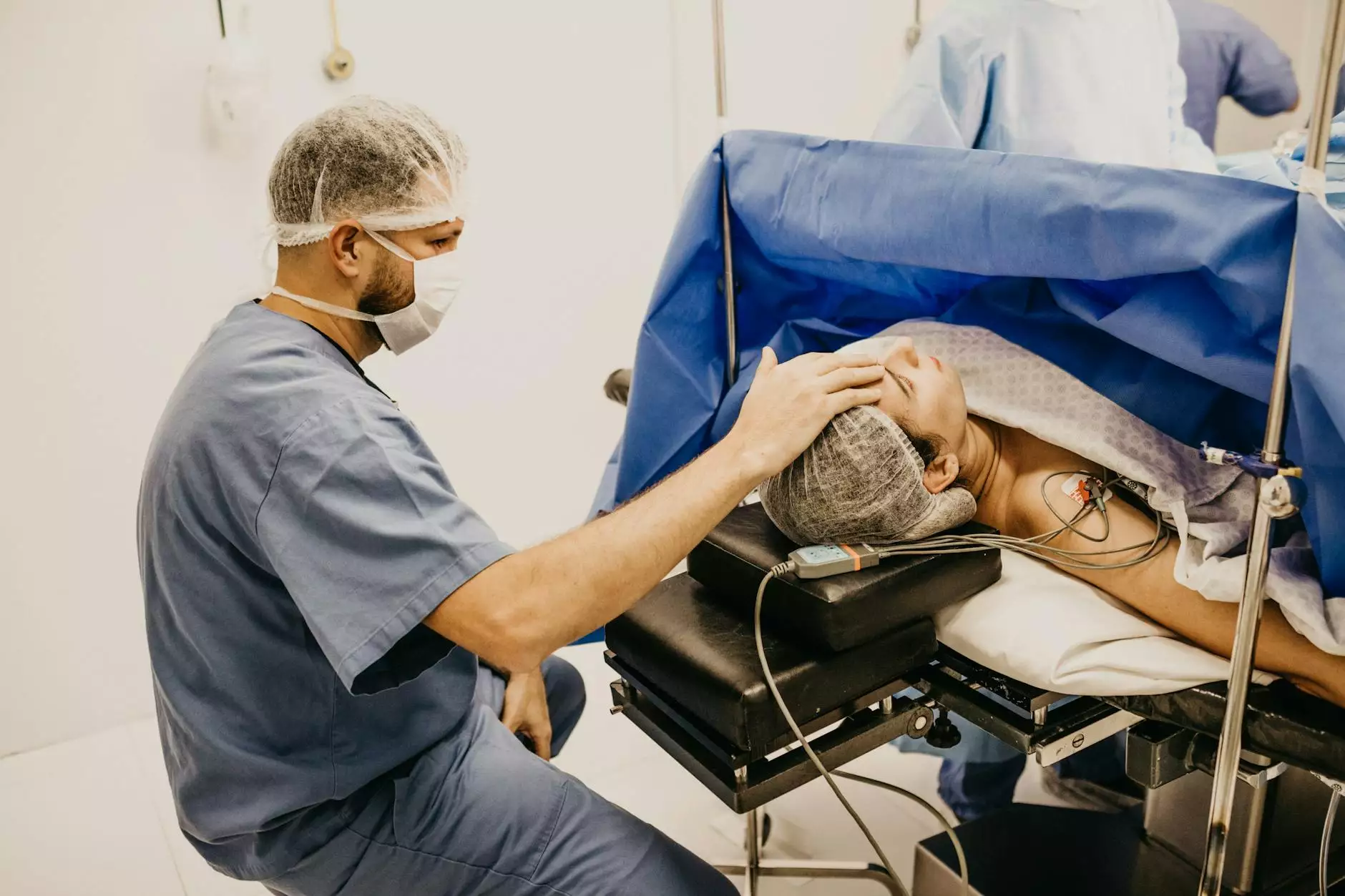What Are Spider Veins a Sign Of?

Spider veins, also known as telangiectasia or angioectasias, are small, dilated blood vessels that appear close to the surface of the skin. They are typically red, blue, or purple in color, and resemble spider webs or tree branches. While they are usually harmless and not associated with any serious health problems, they can be a sign of underlying vascular issues that may require medical attention.
Understanding Spider Veins
To comprehend what spider veins are a sign of, it is essential to have a basic understanding of the circulatory system. Blood vessels are responsible for carrying oxygen-rich blood from the heart to various parts of the body. Arteries transport blood away from the heart, while veins carry blood back to the heart.
When it comes to spider veins, the tiny capillary veins close to the skin's surface become dilated or damaged, causing the characteristic appearance. These dilated veins can form anywhere but are commonly seen on the legs, face, and chest.
Causes of Spider Veins
Several factors contribute to the development of spider veins. While they can occur in both men and women, they are more commonly found in women. The following are common causes and risk factors associated with spider veins:
- Prolonged standing or sitting
- Pregnancy and hormonal changes
- Obesity and excess weight
- Genetic predisposition
- Age-related weakening of veins
- Previous trauma or injury
Signs and Symptoms
Spider veins are usually harmless and do not cause significant discomfort. However, they can sometimes lead to the following symptoms:
- Burning or itching around the affected area
- Mild swelling
- Aching or throbbing sensation
- Restless legs
Are Spider Veins a Sign of Serious Health Issues?
While spider veins may not directly indicate serious health problems, they can be associated with underlying venous insufficiency, a condition that affects blood flow in the veins. Venous insufficiency occurs when the valves in the veins are weakened or damaged, disrupting the normal blood flow back to the heart.
It is crucial to consult with a medical professional if you notice any of the following signs along with spider veins:
- Varicose veins: Enlarged, twisted veins that are typically blue or purple in color.
- Leg pain or heaviness: Discomfort, throbbing, or aching in the legs, especially after prolonged periods of standing or sitting.
- Swelling: Edema or swelling in the legs, ankles, or feet.
- Changes in skin texture: Dry, itchy, or discolored skin near the affected veins.
Seeking Medical Help
If you suspect that your spider veins are a sign of venous insufficiency or any other underlying vascular condition, it is vital to seek medical assistance. At Vein Center of Arizona, our team of expert doctors specializes in the field of vascular medicine and can provide you with the best possible care.
Our highly skilled doctors use state-of-the-art diagnostic techniques and innovative treatment options to address various venous conditions, including spider veins. By carefully evaluating your condition and medical history, our doctors will develop a personalized treatment plan to effectively alleviate your symptoms and improve your vascular health.
Treatment Options for Spider Veins
There are several minimally invasive treatment options available to manage spider veins and improve their appearance. The choice of treatment depends on the severity of your condition and your doctor's recommendation. Some common treatment options include:
- Sclerotherapy: This procedure involves injecting a solution into the affected veins to irritate their lining, leading to closure and eventual disappearance of the spider veins.
- Laser therapy: By using targeted laser energy, spider veins can be effectively treated without the need for injections.
- Vein stripping: In more severe cases, surgical procedures such as vein stripping may be recommended to remove larger and more visible spider veins.
Preventing Spider Veins
While spider veins may not always be preventable, there are certain steps you can take to reduce your risk of developing them. These preventive measures include:
- Maintaining a healthy weight
- Avoiding long periods of sitting or standing
- Engaging in regular exercise to improve circulation
- Elevating your legs whenever possible
- Wearing compression stockings
Conclusion
In summary, spider veins are small, dilated blood vessels that can be a sign of underlying venous insufficiency or other vascular concerns. While they are typically harmless, they can cause discomfort and may indicate the need for medical attention. If you notice any associated symptoms or signs of serious venous conditions, it is essential to consult with a vascular medicine specialist, such as the doctors at Vein Center of Arizona. Utilizing advanced treatment options, they can help you effectively manage and treat your spider veins to improve your vascular health and overall well-being.
what are spider veins a sign of








